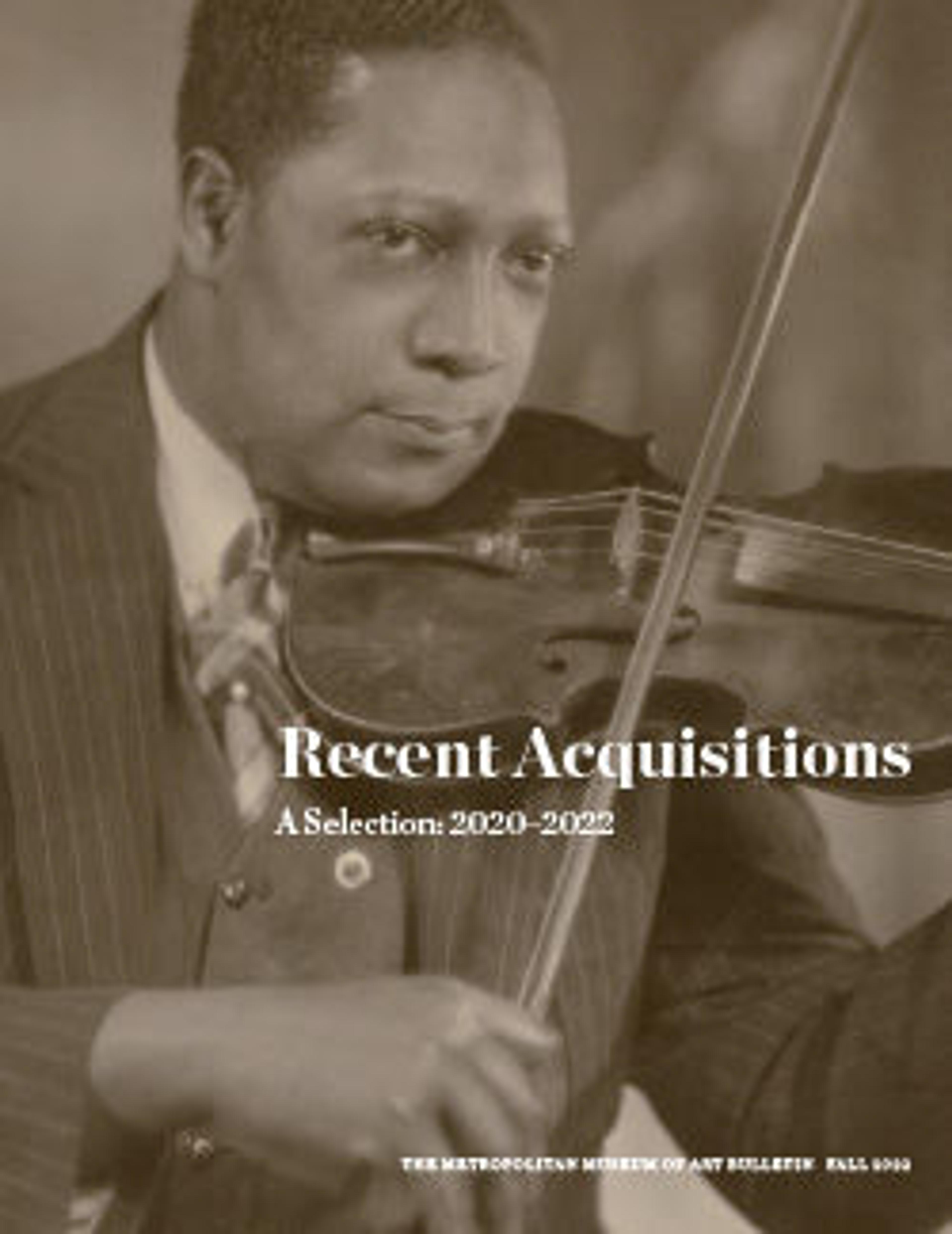The Orpheus Cup
The harmony of this cup’s complex iconographic composition, expressed in rubies and enameled gold, is the extraordinary achievement of four distinct hands working for the Imperial Courts in Prague and Vienna. The enameled animals and statuettes of Orpheus and Diana on the cover were made around 1600 in the Prague Imperial Workshop by Jan Vermeyen, Emperor Rudolf II’s favorite goldsmith. Forty years later, they were recovered from the Imperial Collection by the ingenious Hans Georg Bramer, goldsmith to Emperor Ferdinand III. Bramer designed the cup to cradle the precious figures perfectly, uniting them within a complex iconographic program of painted enamel ovals illustrating scenes from Ovid’s Metamorphoses; bringing only the best artisans together. The centrality of Orpheus to the cup’s design likely reflects the Emperor’s interest in music, as the legendary hero was known for the calming effect of his lyre, which brought peace even to the Argo’s violent crew. It may also reference Ferdinand III’s dynastic ambitions: ruler of the Holy Roman Empire at the end of the bloody Thirty Years War, he sought to leave a legacy of peace in his lands.
Artwork Details
- Title: The Orpheus Cup
- Maker: Jewel animals, amorini, and figurines of the lid attributed to Jan Vermeyen (Brussels (Hapsburg Lowlands) before 1559–1608 Prague)
- Artist: Painted enamel by Johann Wilhelm Baur (German, Strasbourg 1607–1642 Vienna)
- Maker: Goldsmith work by Hans Georg Bramer (Austrian, 1608–1661)
- Artist: Anonymous Viennese enamel painter , active after January 1642
- Date: 1641–42, the jeweled elements on the lid in the form of animals, amorini holding bow and quiver, and the statuettes of Orpheus and Diana, Prague, ca.1600
- Culture: Austrian, Vienna
- Medium: Gold: cast, embossed, and engraved; enamel: ronde-bosse and painted; rubies
- Dimensions: confirmed: 7 1/8 × 5 1/8 × 3 1/2 in. (18.1 × 13 × 8.9 cm)
- Classification: Metalwork-Gold and Platinum
- Credit Line: Purchase, Anna-Maria and Stephen Kellen Acquisitions Fund, 2020
- Object Number: 2020.400a, b
- Curatorial Department: European Sculpture and Decorative Arts
More Artwork
Research Resources
The Met provides unparalleled resources for research and welcomes an international community of students and scholars. The Met's Open Access API is where creators and researchers can connect to the The Met collection. Open Access data and public domain images are available for unrestricted commercial and noncommercial use without permission or fee.
To request images under copyright and other restrictions, please use this Image Request form.
Feedback
We continue to research and examine historical and cultural context for objects in The Met collection. If you have comments or questions about this object record, please contact us using the form below. The Museum looks forward to receiving your comments.
